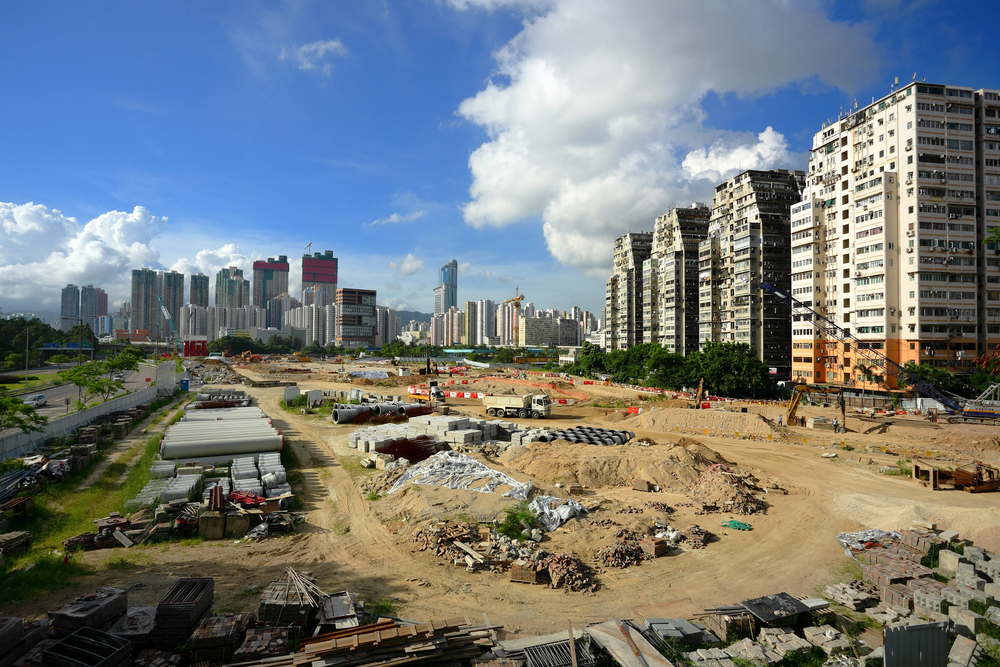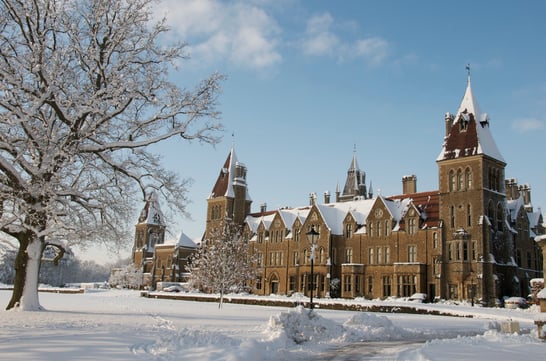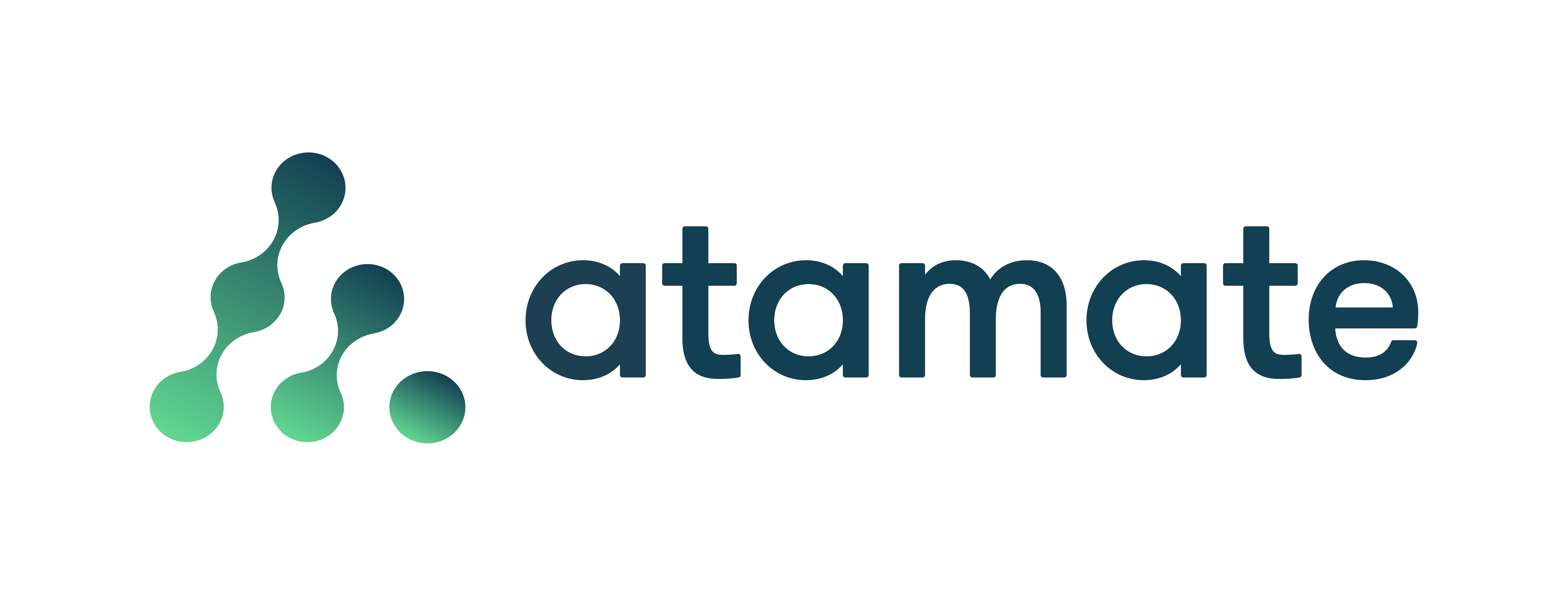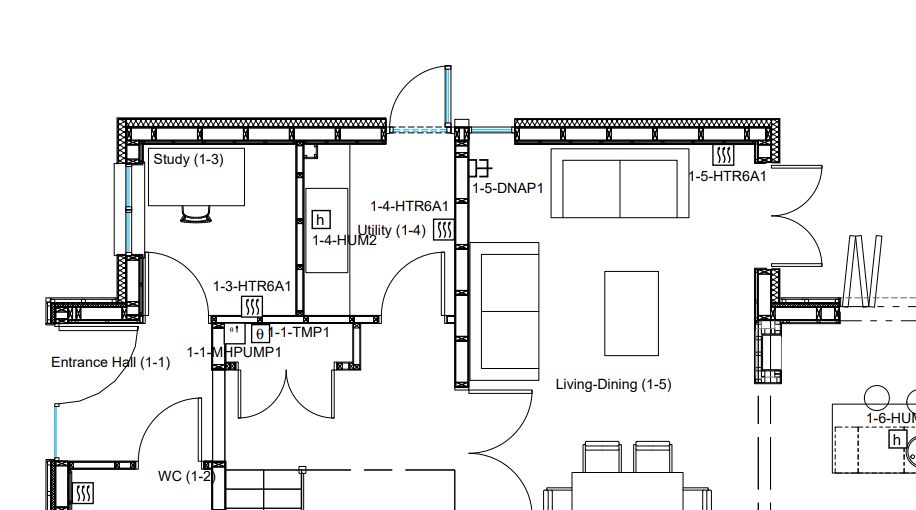
Use case: Boarding school
Controlled services
Efficiency
Net zero
Automation
Data
BMS
Design
School
Use case
wellness
maintenance
technology

The client
A boarding school with 400 pupils aged 13 to 18 years old.
The school has 34 buildings of various ages and sizes. The main block, containing the main hall, staffrooms and some classrooms, was built when the school was established in the 1890s and is now a listed building. Some of the original boarding houses remain although others were added throughout the 20th century, with the most recent built in 1995. The classroom blocks have a similar age range and are supplemented with portable buildings. The newest building is the sports hall, which was opened in 2007.
The problem
The 2021-2022 price fluctuations have made it a priority to cut energy costs.
The school’s energy consumption is complex. The newer buildings are heated by mains gas but there is no connection to the main block, which uses oil heating and contains a kitchen that uses liquid propane gas (LPG) for cooking. Every building is connected to mains electricity.
Every building is connected to mains electricity but while the facilities manager receives a monthly bill for the whole site, they do not know how much electricity is used by each building.
The Atamate solution
Atamate’s approach to non-domestic renovations [PDF] is based on the see-think-do framework:
- See: collect data on building behaviour, which is derived from interactions between the fabric, services and occupants of every building on a site.
- Think: Review the data to identify possible savings, and calculate a payback time for each savings measure by comparing, on the one side, the cost of applying it and any increase in embodied carbon, and on the other, the annual savings in costs and carbon emissions it would deliver.
- Do: Apply the measures that deliver an acceptable payback time within an affordable budget.
With a multi-building site like a boarding school, Atamate’s first step would be extensive data collection using two device types:
- Meters measure the flow of energy, water and any other utilities at various levels of granularity, from the total flow into the site to, if necessary, the energy used by individual devices such as water pumps and extractor fans.
- Sensors monitor indoor environment parameters such as air quality, temperature and whether or not a room is occupied. Specific sensors for factors like noise or whether or not a window is open can be incorporated if required.
In most cases, the data reveals efficiency measures that can be implemented quickly and with little capital cost such as:
- If rooms are being heated when they are not in use, the heating devices in those rooms can be automated. Such an approach is particularly useful for schools because much of the room usage is timetabled in advance, enabling the heating to be programmed using atBOS’s calendar control function.
- In a sports hall, the hot water demands are likely to be intermittent but predictable, with a substantial demand when pupils are showering after a PE class but very little at other times. Automation will ensure that the sports hall’s hot water cylinder is filled when PE classes are in session but when they are not, the pump could be turned off and the cylinder temperature could be allowed to fall other than the mandatory 1h per day at 60°C (140°F) to kill Legionella bacteria [PDF].
- Some of the boarders may open windows while the heating is on, leading to significant energy wastage. Window sensors can automatically switch off the heating, as well as the mechanical extract ventilation, whenever a window is opened.
At the same time as facilitating the site’s management, sensor data can be used to evaluate the impact of further renovation. For example, the bursar may wish to limit capital expenditures to a level that will be paid back through savings in operational expenditures over three years. Possible approaches might be:
- Targeted insulation upgrades. For example, improving the insulation of a building’s roof may address the route by which most of its heat energy is lost, but the sensor data may reveal that further insulation of the walls or windows would not meet the requirement for a three-year payback time.
- Installing solar panels on the roofs of all unlisted buildings can offer a similar payback time, while atBOS maximises the savings by using all the electricity they generate before drawing electricity from the mains.
The data-driven approach avoids wasting money on renovations that will not deliver significant energy savings and can be invaluable in assessing the limited renovation options available for a listed building.
Added value
Even if Atamate were originally approached with the primary goal of cutting energy costs, there are several ways in which atBOS could help the management and development of a boarding school once it is installed:
- The school may present the cost-saving and renewable energy measures as a contribution toward the Let’s Go Zero
- Teachers can be given access to classroom sensor data in realtime, enabling them to see when air quality is becoming poor and a window needs
- The energy-saving initiatives can be used for marketing, such as when soliciting funds from potential benefactors and in the prospectus given to parents considering the school.
At a glance
| Project description | Reducing energy costs in a boarding school |
| Atamate controlled systems | Heating Solar PV panels |
| Atamate data products | Indoor environment monitoring Metering |
| Mechanical systems | Thermostatic radiator valves |

